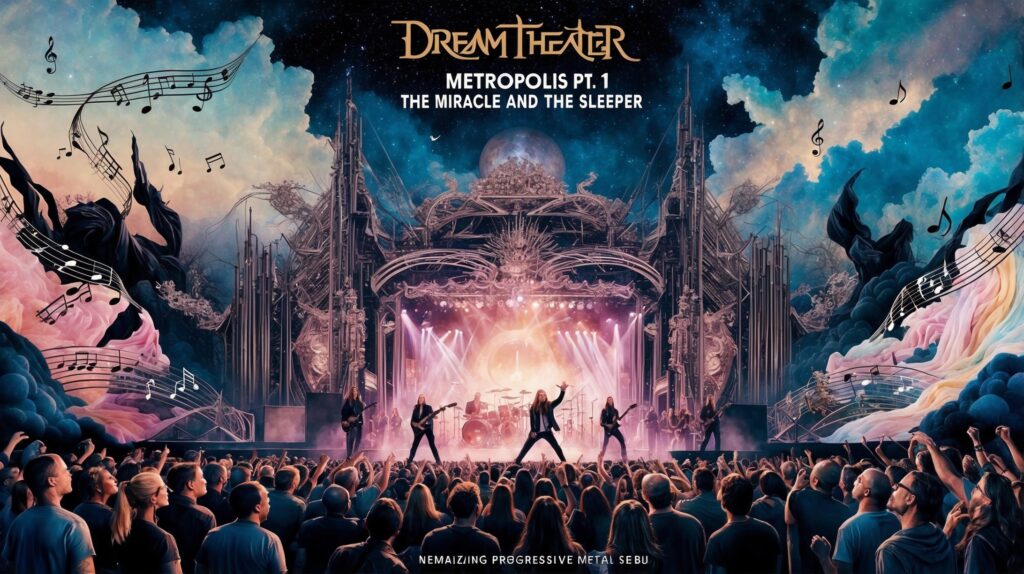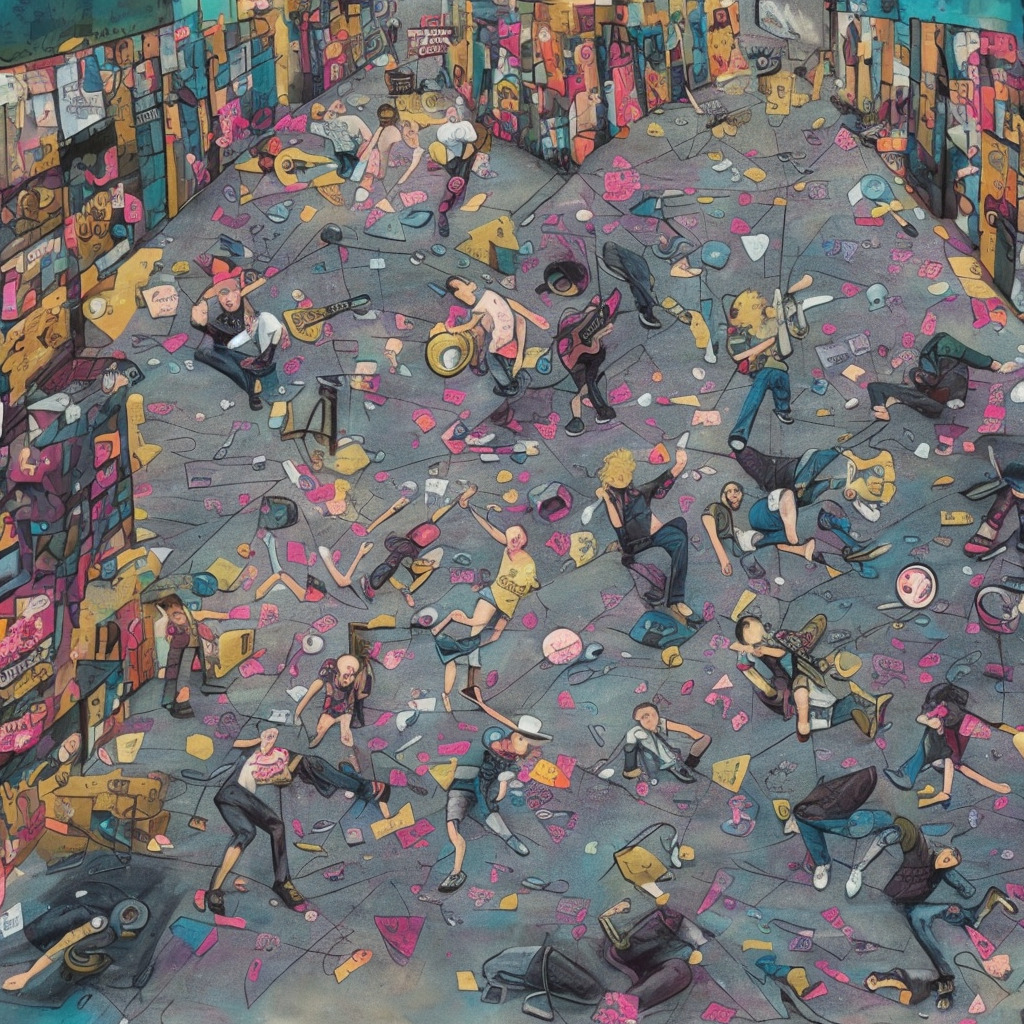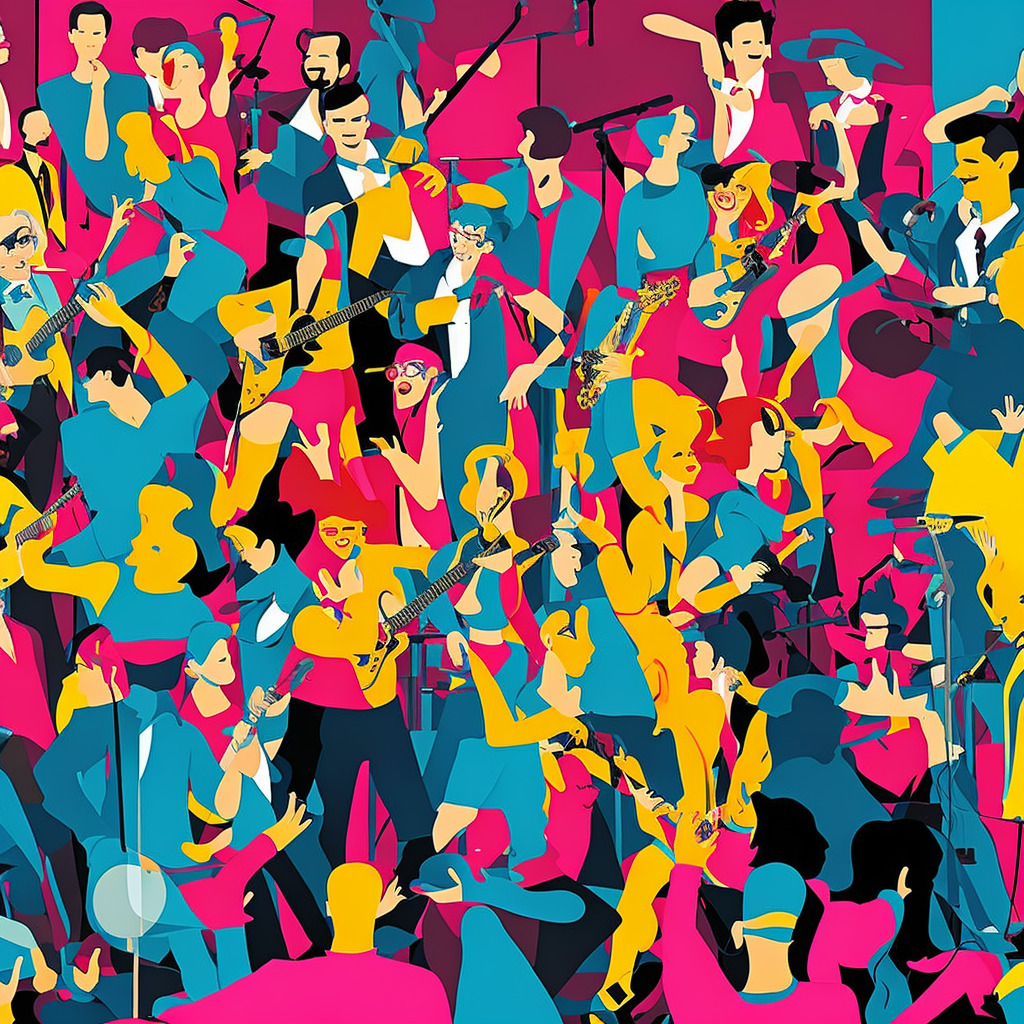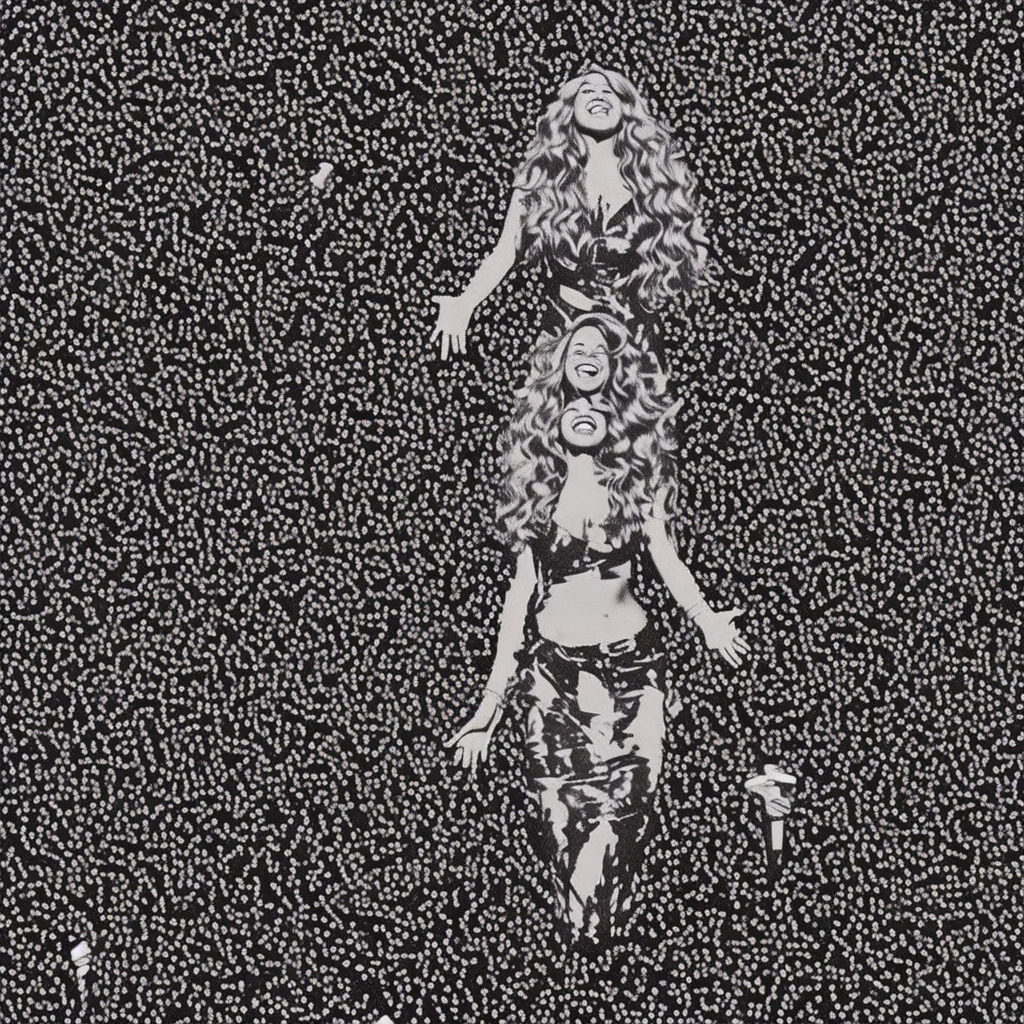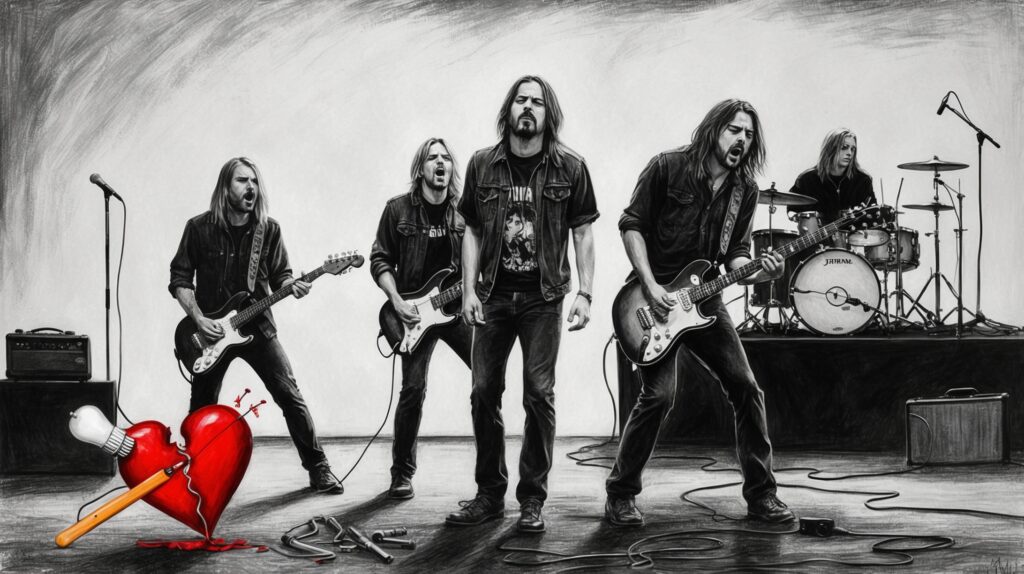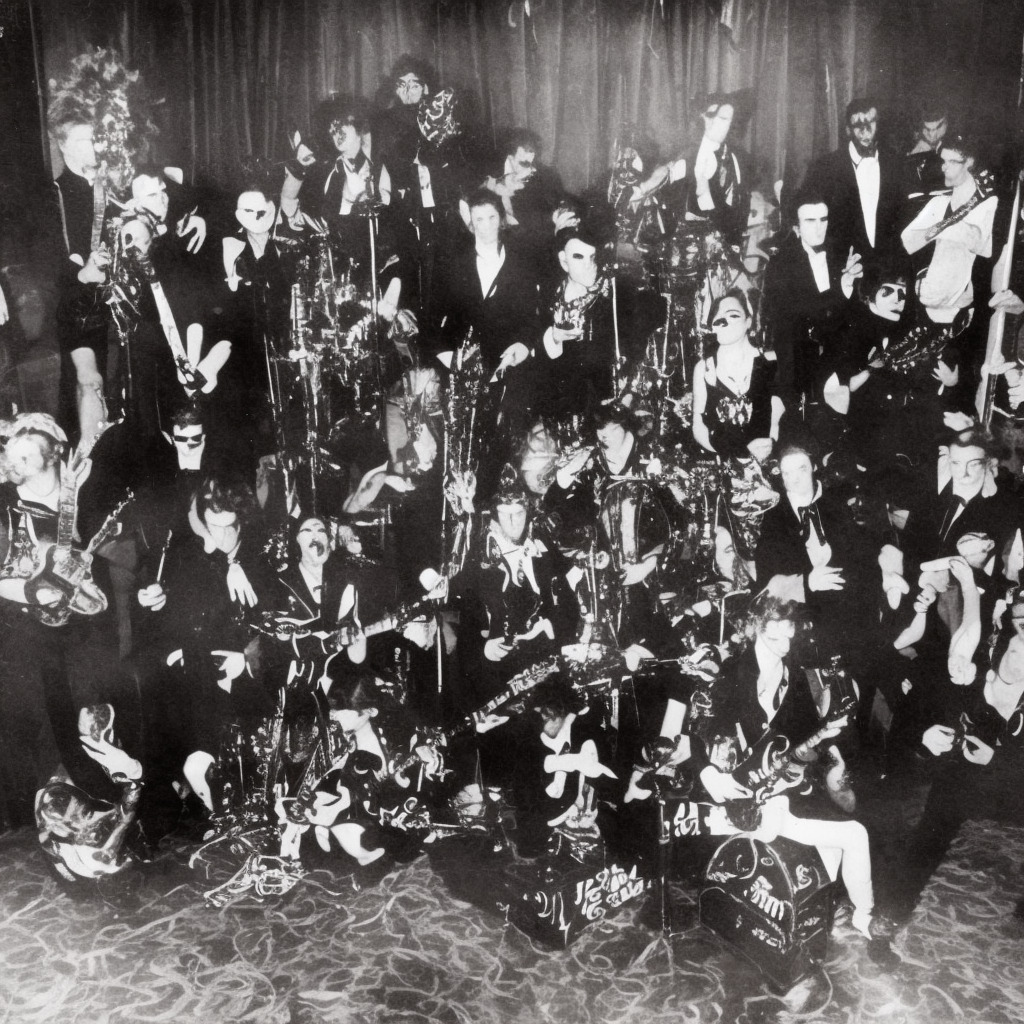Dream Theater: Pioneers of Progressive Metal
Explore the illustrious journey of Dream Theater, the band behind the iconic progressive metal track “Metropolis Pt. 1: The Miracle and the Sleeper.” Dive into their formation, unique sound, and the era that defined their career.
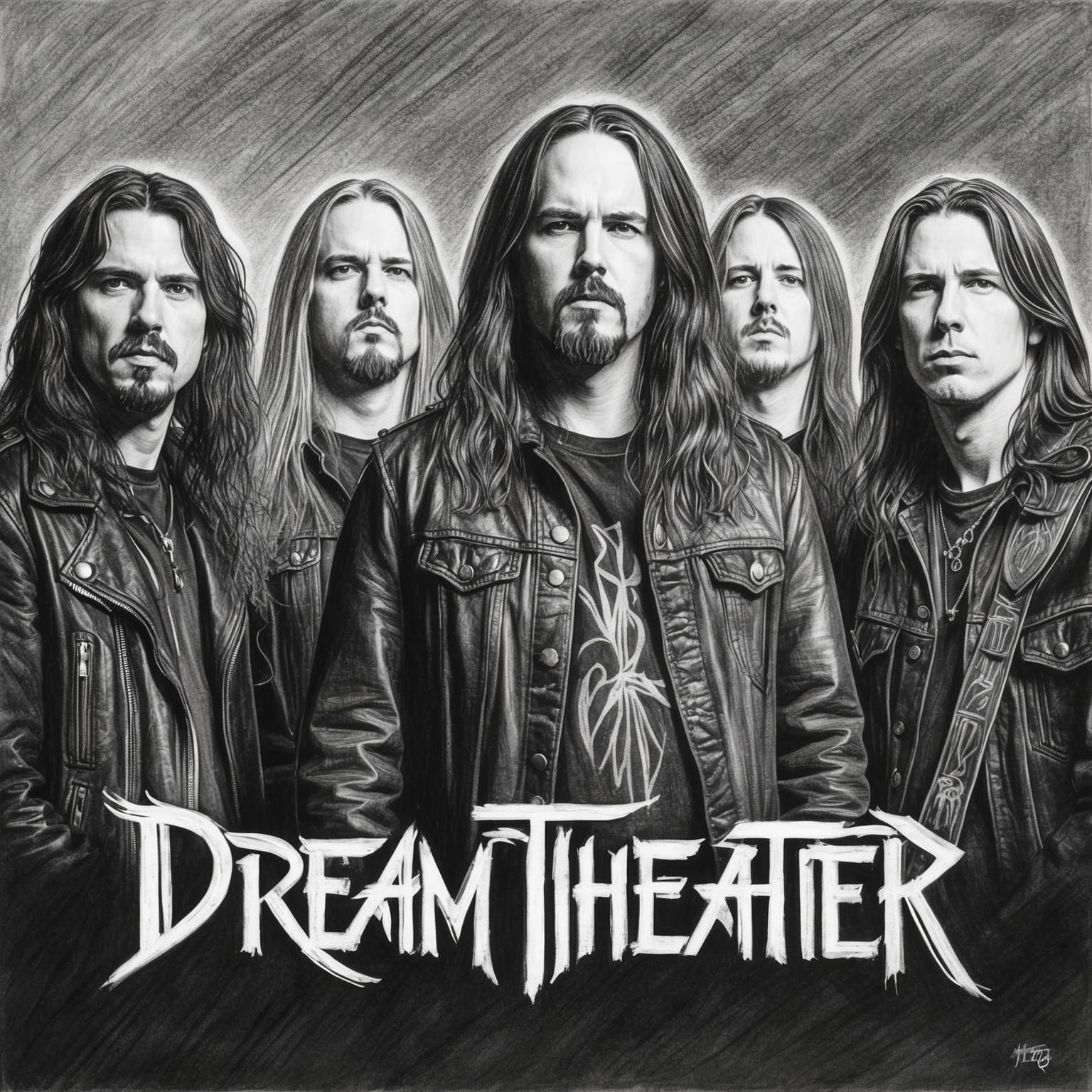
Dream Theater, formed in 1985, has become a household name in the progressive metal genre. The band was founded by three students from the Berklee College of Music in Boston: John Petrucci, John Myung, and Mike Portnoy. Their sound, characterized by complex compositions, intricate instrumental sections, and lyrical depth, resonated deeply with fans and critics alike. “Metropolis Pt. 1: The Miracle and the Sleeper” is a standout track in their discography, emblematic of their profound impact on the music world.
During the late 1980s and into the early 1990s, Dream Theater developed a unique sound that combined elements of metal, progressive rock, and jazz fusion. This era was defined by the release of their second studio album, ‘Images and Words’ in 1992, which catapulted them to fame. Notably, this album featured James LaBrie as the new lead vocalist, who brought a distinctive style and energy to the band. The album’s success, fueled by tracks like “Metropolis Pt. 1,” helped Dream Theater build a dedicated global fanbase.
Dream Theater’s collaborative spirit and relentless pursuit of musical excellence stood out during this period. The dynamics between band members were crucial to their creative process, with Petrucci and Portnoy often leading the songwriting efforts. Their knack for blending complex time signatures with emotive storytelling is epitomized in “Metropolis Pt. 1,” which became a fan favorite and a live staple. As the metal scene of the early 1990s embraced diversity and experimentation, Dream Theater’s technical prowess and innovation set them apart, solidifying their status as iconic figures in progressive metal.
Exploring the Creative Mind Behind ‘Metropolis Pt. 1: The Miracle and the Sleeper’
John Petrucci, as the composer of ‘Metropolis Pt. 1’, infused the song with technical brilliance and storytelling depth, drawing from a rich tapestry of influences to create a progressive metal masterpiece.

Background and Career: The Journey of John Petrucci
John Petrucci, the mastermind behind the composition of ‘Metropolis Pt. 1: The Miracle and the Sleeper’, is a titan in the world of progressive metal. Born in New York on July 12, 1967, Petrucci developed a passion for music early in life, influenced heavily by classic rock and metal icons such as Led Zeppelin, Rush, and Metallica. He honed his craft at the Berklee College of Music, where he met future Dream Theater members, setting the stage for groundbreaking contributions to the progressive metal genre.
Petrucci’s career is marked by his intricate guitar work and a keen sense of musical composition. Over the decades, he has achieved remarkable success, not just with Dream Theater, but also with collaborative projects, including the supergroup Liquid Tension Experiment. Renowned for his technical proficiency and creative arrangements, Petrucci’s work has been a major influence on countless guitarists and musicians worldwide.
Musical Style and Influences: Melodies of Metal and Beyond
John Petrucci’s distinct musical style meshes elements from progressive rock, heavy metal, and classical music, characterized by complex time signatures, intricate guitar solos, and a seamless blend of melody and technicality. His influences are varied, drawing inspiration from the virtuosic styles of guitar legends such as Steve Vai and Al Di Meola, as well as the compositional prowess of classical composers like Beethoven.
These influences are evident in ‘Metropolis Pt. 1’, where Petrucci’s arrangement conveys both an emotive and technical brilliance. His ability to weave narrative depth into instrumental prowess serves as a hallmark of his compositional style.
Role in the Song’s Creation: Crafting a Progressive Masterpiece
In the creation of ‘Metropolis Pt. 1’, John Petrucci’s role as a composer was pivotal. His vision was to craft a piece that not only showcased the technical skill of the band but also told a compelling narrative, a feat he achieved through complex musical arrangements and evocative thematic development.
The song’s intricate structure and profound interplay of instruments reflect Petrucci’s dedication to precision and innovation. His composition guided the song’s dynamic shifts, creating a theatrical journey that captures the essence of progressive storytelling.
Additionally, Petrucci’s collaboration with lyricist and vocalist James LaBrie enhanced the synergy between the song’s narrative themes and its musical composition. This collaboration underscored Petrucci’s versatile role, not just as a composer but as an integral creative force within Dream Theater.
Recognizing the Legacy of ‘Metropolis Pt. 1: The Miracle and the Sleeper’
Though ‘Metropolis Pt. 1’ has not won major awards, its significance within the progressive metal community is cemented through numerous covers and its enduring influence on the genre.
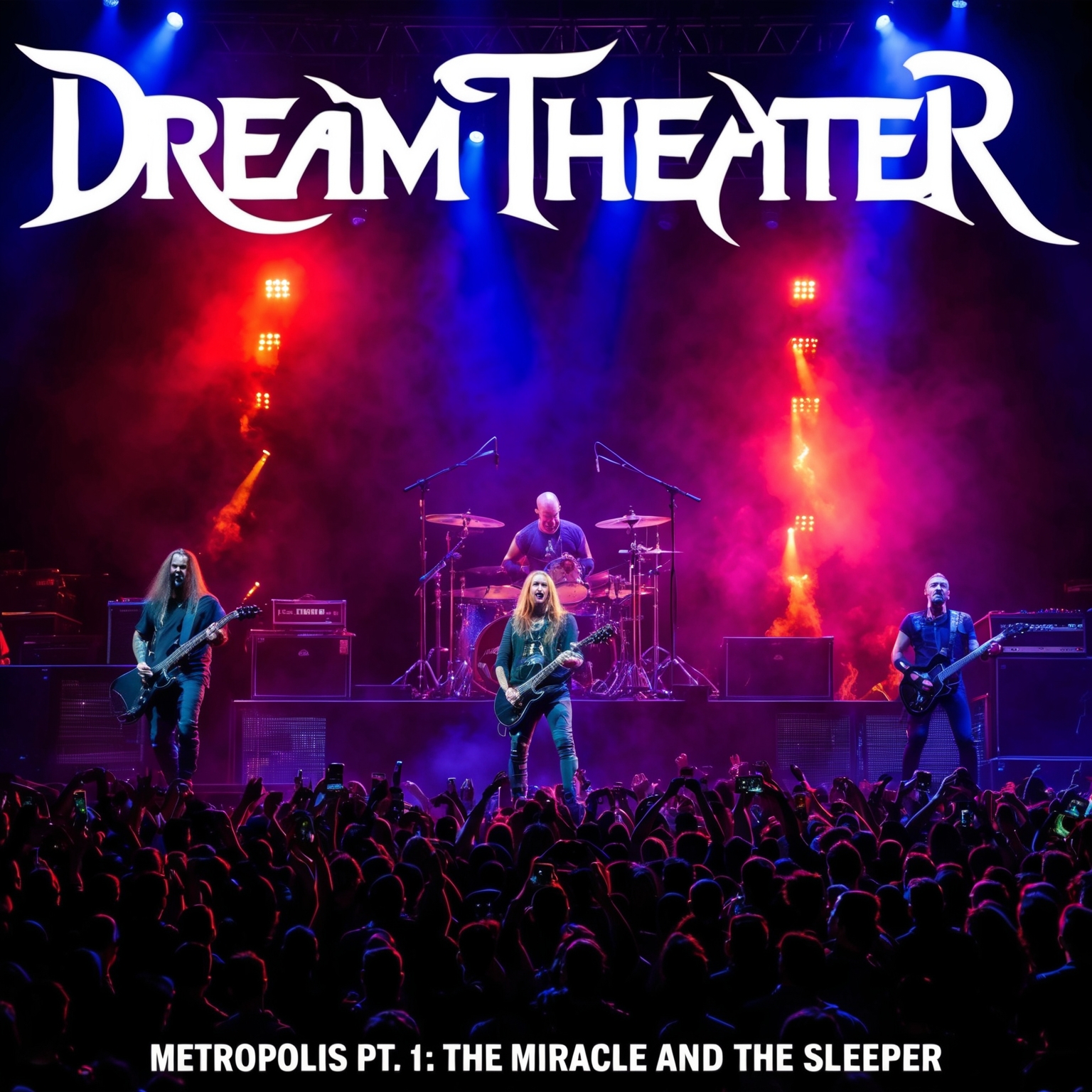
While ‘Metropolis Pt. 1: The Miracle and the Sleeper’ by Dream Theater may not have clinched any major awards during its initial release, its influence and standing in the progressive metal community are undeniable. The song has become a staple highlight in the band’s discography and is widely revered by fans and evolving musicians alike. Its enduring legacy is evident in its frequent performances at concerts and its critical acclaim within the genre.
Notably, the track has seen a variety of covers by other artists, which underscores its significant impact on the progressive metal scene. One such renowned cover is by the band Haken, who performed ‘Metropolis Pt. 1’ as a tribute to Dream Theater during live shows. Their rendition was celebrated for retaining the intricate musical elements while adding their unique touch, keeping the spirit of the original intact. Such covers not only pay homage to the original work but also introduce the song to a broader audience, ensuring its continued appreciation.
The song’s intricate composition and storytelling have also captured the attention of various media forms. Although it might not have appeared directly in a mainstream film or television soundtrack, its intricate and dynamic sounds often get referenced in discussions about iconic progressive metal creations. They serve as points of inspiration for many other aspirational audiovisual projects looking to capture the essence of complexity that Dream Theater so masterfully conveys in this piece.
Exploring the Chart Journey and Cultural Influence of ‘Metropolis Pt. 1: The Miracle and the Sleeper’
Dream Theater’s ‘Metropolis Pt. 1’ achieved cult status and influenced the progressive metal genre despite not charting highly in mainstream avenues.
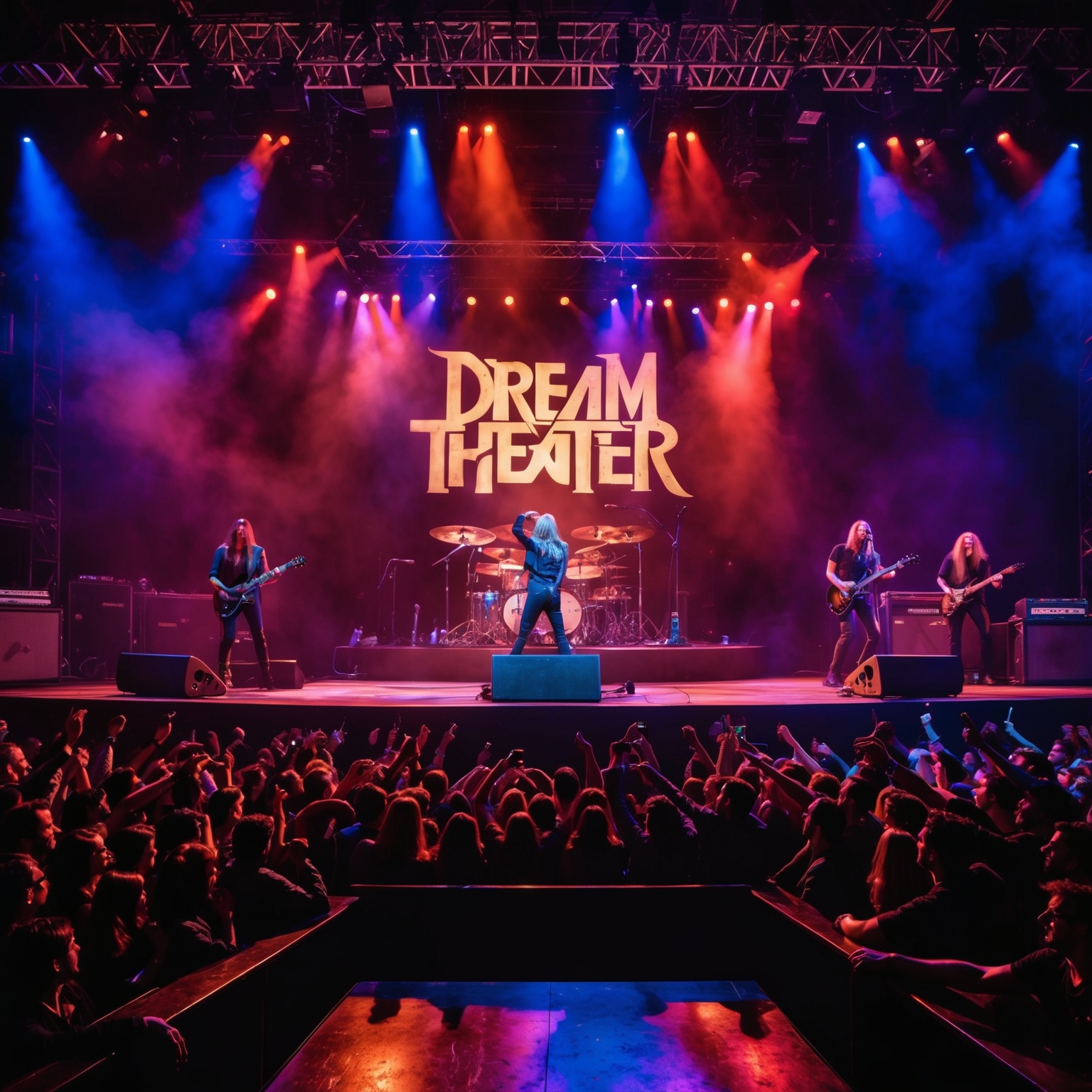
Released in 1992 as part of the groundbreaking album ‘Images and Words,’ Dream Theater’s ‘Metropolis Pt. 1: The Miracle and the Sleeper’ is an example of a track that defies the conventional metrics of chart success. Although it didn’t make a significant impact on mainstream charts upon its release, the song gradually garnered a cult following among progressive metal enthusiasts. Its complex structure and intricate composition distinguished it from the typical hits of the early ’90s, positioning Dream Theater as pioneers in the genre. The slow-burning success of the song is a testament to the band’s enduring appeal and commitment to musical sophistication.
While ‘Metropolis Pt. 1’ didn’t enjoy the widespread commercial success often seen in contemporary singles, it played a crucial role in cementing Dream Theater’s reputation in the progressive metal scene. Unlike the radio-friendly hits dominating the charts, ‘Metropolis Pt. 1’ was celebrated for its technical prowess and lyrical depth. Its presence on niche music charts and various progressive rock compilations highlighted its importance more to critics and fans rather than a broad mainstream audience. The song stood as a pivotal piece in Dream Theater’s discography, marking the band’s growth and subsequent influence on other artists within the genre.
The marketing strategy for ‘Images and Words,’ including ‘Metropolis Pt. 1,’ focused heavily on targeting music aficionados through live performances and appearances at niche rock festivals. As the song progressively gained traction, it became a staple in live performances, generating a loyal fan base that cherished the intricate storytelling and virtuosic instrumentation. Over time, its influence extended beyond chart metrics, inspiring countless musicians and bands, which helped cement its legacy as a cornerstone of progressive metal.
Exploring the Visual Interpretations of ‘Metropolis Pt. 1: The Miracle and the Sleeper’
While there isn’t an official music video for ‘Metropolis Pt. 1,’ the song has inspired numerous fan videos and impressive live performances. These visual interpretations explore the song’s rich fantasy themes, enhancing its legendary status.
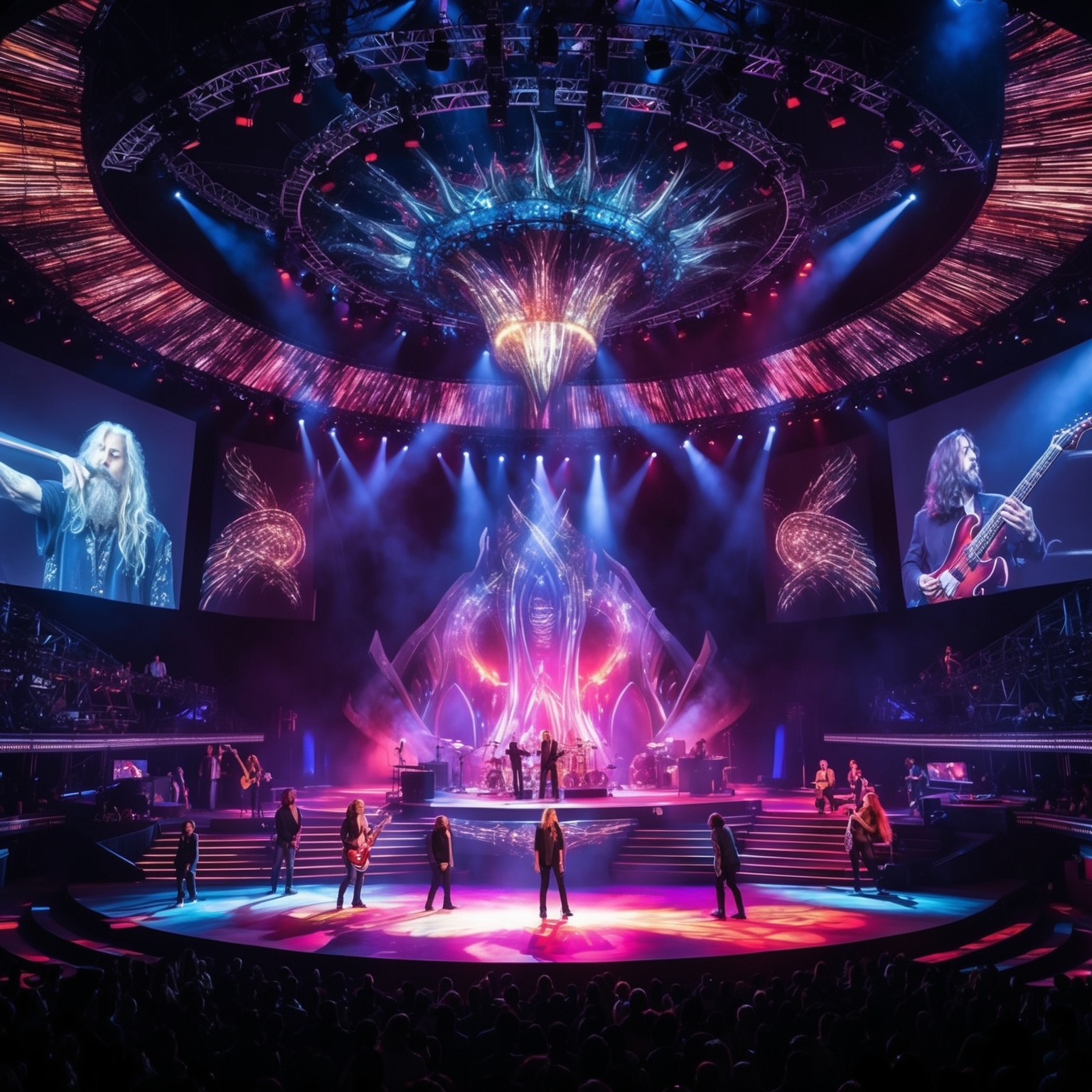
Though ‘Metropolis Pt. 1: The Miracle and the Sleeper’ by Dream Theater doesn’t have an official music video, the song’s complex themes and intricate musical compositions have inspired a wealth of fan videos and captivating live performances. These visual renditions provide fans a unique way to engage with the song’s storytelling elements, adding layers of interpretation and expression.
One noteworthy aspect of these visual interpretations is their focus on the dynamic interplay of characters and narrative arcs within the song. Fans frequently craft videos that delve into the relationship between the ‘Miracle’ and the ‘Sleeper,’ visualizing elements that correspond to the song’s lyrical and instrumental intensity. These fan-made videos often incorporate a mix of concert footage, conceptual imagery, and creative animations to depict the song’s intricate fantasy realm.
Dream Theater’s live performances of ‘Metropolis Pt. 1’ have significantly contributed to the song’s visual legacy, where the band’s technical prowess is displayed in full force. The elaborate stage setups and synchronized video backdrops used during live shows enrich the viewer’s experience, emphasizing the narrative’s ethereal and mysterious nature. These performances are frequently praised for their high energy and musicianship, further cementing the song’s legendary status among prog-rock enthusiasts.
Exploring the Complexity and Intricacy of ‘Metropolis Pt. 1’
Dive deep into the musical structure of ‘Metropolis Pt. 1: The Miracle and the Sleeper’ by Dream Theater, a progressive metal masterpiece known for its intricate composition and technical brilliance.
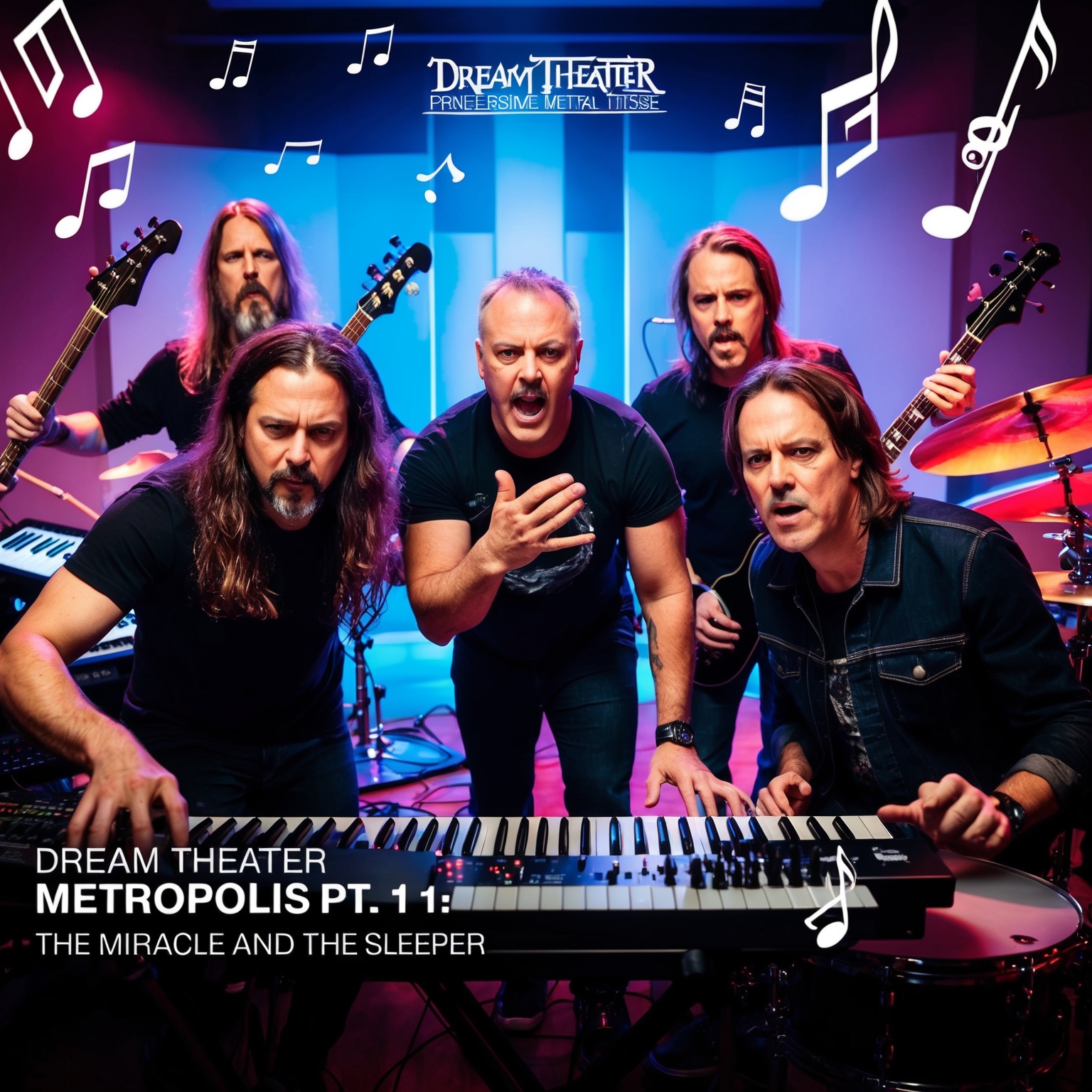
‘Metropolis Pt. 1: The Miracle and the Sleeper’, a hallmark of progressive metal, demonstrates Dream Theater’s mastery in crafting intricate musical narratives. Written predominantly in the key of E minor, the song stands out for its seamless amalgamation of complex chord progressions, time signatures, and dynamic tempo changes. These elements not only contribute to the track’s depth but also offer an immersive listening experience, drawing the audience into its dramatic storytelling. The band’s use of odd time signatures, a characteristic feature in their work, showcases their technical prowess and creative ambition.
The melody and harmony throughout the track highlight the band’s signature interplay between melodic instruments. John Petrucci’s guitar riffs and solos are meticulously crafted, weaving harmonic patterns that complement James LaBrie’s vocal delivery. Meanwhile, John Myung’s bass adds a rich, resonant underpinning to the song, balancing the high-octane energy with a deeper tonal quality. The harmony is underscored by the dynamic keyboards of Jordan Rudess, which add layers that enrich the song’s texture.
‘Metropolis Pt. 1’ features a robust rhythmic foundation laid by Mike Portnoy’s drumming, which navigates through intricate rhythms and syncopated beats. His drumming not only serves as the backbone of the piece but also adds a lively, unpredictable element to the song. Compared to Dream Theater’s earlier work, this track marks a pivotal moment in their discography, showcasing a matured musical direction and pushing the boundaries of progressive metal. Recorded at the BearTracks Studios, anecdotes from the session recount how the band embraced an experimental approach under producer David Prater.
Decoding the Metaphysical Journey in Dream Theater’s Lyrics
The lyrics of “Metropolis Pt. 1: The Miracle and the Sleeper” by Dream Theater delve into metaphysical themes, exploring existential questions through abstract and poetic narrative. They invite introspection and emotional engagement through rich literary devices and vivid imagery.
Arrived early may
She carried a gift from her home
The night shed a tear
To tell her of fear
And of sorrow and pain
She’ll never outgrow
Death is the first dance, eternal
There’s no more freedom
The both of you will be confined
To this mind
I was told there’s a miracle
For each day that i try
I was told there’s a new love that’s born
For each one that has died
I was told there’d be no one to call on
…
******* This Lyrics is NOT for Commercial use *******
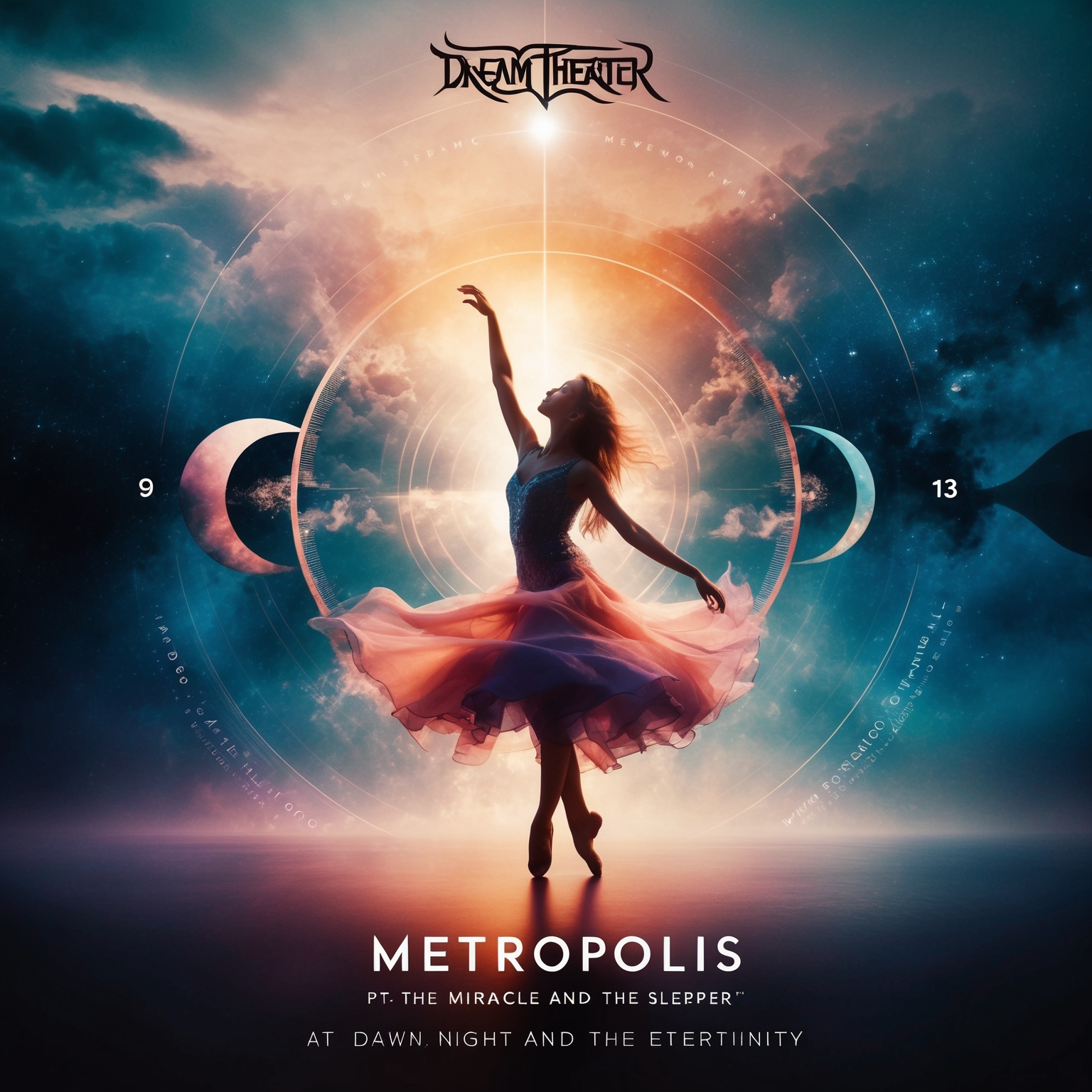
The lyrics of “Metropolis Pt. 1: The Miracle and the Sleeper” by Dream Theater offer a profound narrative that intertwines themes of existential reflection and metaphysical exploration. From the outset, phrases like “The smile of dawn” and “Death is the first dance, eternal” highlight a juxtaposition between life’s fleeting moments and the permanence of death. The song doesn’t shy away from exploring deep philosophical questions, as it questions the nature of existence and the constant interplay between birth and death, a common trope in the band’s lyrical repertoire.
The narrative style in this track is intriguingly abstract, allowing listeners to imbue their interpretations. While there’s no clear protagonist or linear storyline, the song oscillates between personal introspection and a more universal commentary on the cycle of life. By employing a meditative and reflective tone, the lyrics draw the listener into a contemplative space, prompting introspection. This perspective invites the audience to consider their mortality and spiritual journey, enhancing the song’s emotional impact.
Dream Theater is renowned for their use of literary devices, and this song is no exception. The alliteration in “The night shed a tear” and metaphors like “Death is the first dance” enrich the lyrical texture, providing layers of meaning that contribute to the song’s allure. The interplay of similes and metaphors creates a poetic soundscape that resonates emotionally with fans. Furthermore, the lyrics are imbued with cultural references that touch on universal existential themes, engaging listeners across different demographics and times. The evocative language and vivid imagery are akin to a theatrical performance, drawing parallels with other art forms like poetry and drama.
? Did you know Metropolis Pt. 1 by Dream Theater was never meant to have a sequel? It inspired the entire Scenes from a Memory album! ? #ProgMetal #MusicTrivia #DreamTheater tinyurl.com/z38rrpjm
Click to Tweet

